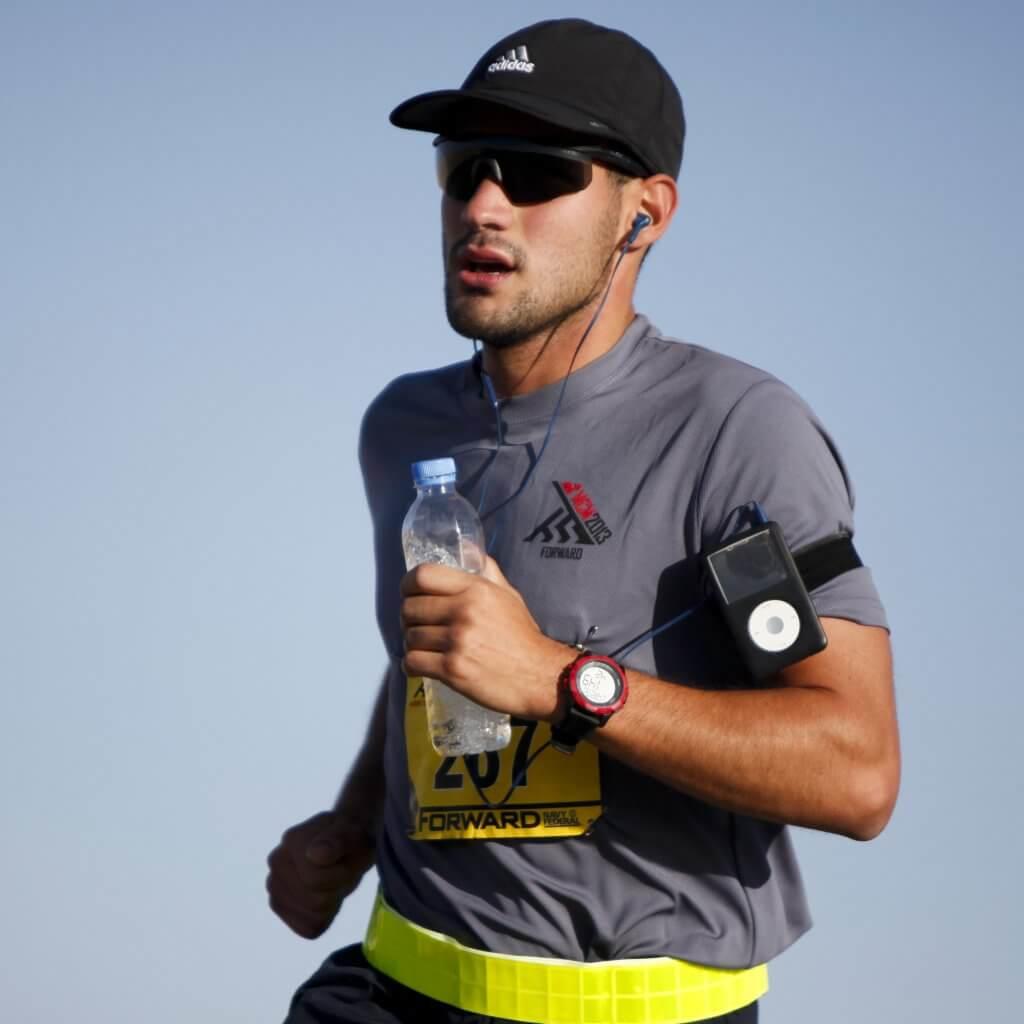The Benefits of Using the Talk Test in Training

Athletes, coaches and trainers alike have long sought for a reliable way to measure training intensity. And lots of solutions have been suggested, marketed and promoted through a variety of sources. Thanks to the incredible – and sudden – the popularity of wearable technology, though, everybody pretty much has a way to track a host of a different aspect of their workouts. Still, plenty of experts out there argue that there is a much more simple, accessible and affordable way to measure your training intensity: the Talk Test.
What are the benefits of using the Talk Test in Training? What exactly is the Talk Test? How can you use it effectively in your workouts? What advantages does it have over other measurement systems?

The Need For A System
When describing various workout protocols, an expert often refers to certain intensity levels – typically using terms like low-, moderate- and high-intensity. Occasionally, you might also see more clinical terms like “vigorous” thrown around.
The first benefit of having an accurate system for measuring exercise intensity, then, is really an issue of communication. You need to know what people are talking about. For example, a workout might require you to run at a moderate intensity for 30 minutes. But what does that actually mean? In order for that workout to be useful for you, you need to understand exactly what constitutes “moderate intensity” for you.
Which brings us to the next reason that some systematic measurement is needed. Intensity is an extremely relative thing. Based on a host of factors including your fitness level, age, medical conditions and environment, a run that’s low-intensity for you might be a vigorous activity for someone else.
Finally, each intensity level has its own set of benefits and can be used to develop a specific aspect of your fitness. Low-intensity exercise, for example, gives you the chance to focus on your form and steadily build your endurance. On the other end of the spectrum, though, high-intensity workouts will develop your power and strength while burning more calories in less time. If you can accurately measure your workout intensity level, then, you can tailor your routine to support your personal needs and fitness goals.

What’s Out There
As mentioned, there are plenty of ways to have been used to measure exercise intensity – with varying degrees of success. These techniques range from the personal and subjective to the highly-scientific and objective.
For reasons of practicality, though, the object means tend to be a little more unusual. After all, measuring things like your oxygen intake, heart rate and energy use all require specialized equipment. Plus, you need to understand how those fancy readings relate to your workout. With the exception of heart rate, then, it’s unusual for the average exerciser to make use of these other techniques.
Unfortunately, even the use of heart rate measurements can encounter some problems. Of course, there the issue of accuracy. Trying to feel and calculate your own pulse during a run can be challenging and awkward, making it difficult to get an accurate reading and just generally distracting you from your workouts.
But some heart rate monitors – especially those built into treadmills and other gym machines – can also be extremely inaccurate. It’s also important to realize that your heart rate can be influenced by your environment, medical conditions and other variables.
In terms of “subjective” measurements, people have tried a number of different things. By far the most common system, though, has to do with how much you sweat. The more you sweat, the logic goes, the harder you worked out. Unfortunately, sweat has lots to do with the environment and virtually nothing to do with exercise intensity.

At some point, you may have also heard about using things like the muscular burn, soreness or fatigue as measurements of exercise intensity. And there is some truth to this system. But it’s also riddled with problems. These sensations, though, are largely dependent on your diet and training style – not the intensity of your workout.
Finally, there’s the Rating of Perceived Exertion(RPE) Scale which asks you to rate the difficulty of your workout on a scale of 1 to 10. This is actually a great system. Logically, moderate-intensity workouts fall somewhere around 4 to 6 on the scale. The only real downside to this technique, though, is that there is no real, objective measurement and some people may have difficulty pinning a number to their workouts.

The Talk Test
So, into this frustrating and confusing situation enters the Talk Test. As it’s the not-so-creative name suggests, the Talk Test requires you to talk while exercising. As your heart rate and oxygen use approach what experts would categorize as “vigorous intensity” levels, it should become difficult for you to carry on a conversation. In theory, then, the difficulty that you have – or do not have – should directly relate to an objectively measurable intensity level.
So… is that true? According to extensive research, yes it seems so. Numerous studies have found that the point at which conversation becomes impossible directly correlates with more scientific measures of vigorous intensities. Similarly, the numbers line up for moderate intensity one conversation is possible but difficult.
Using The Test
Putting the Talk Test to use in your workouts is fairly simply – although you might feel a little ridiculous talking to yourself while trudging through your runs. Which is yet another reason why workout partners come in handy.
Still, having a short poem or phrase in mind will give you the ability to conduct the Talk Test on yourself without having to search for what to say. For the best results, your test should last about 10 to 30 seconds. This length will give you plenty of time to get a feel for just how challenging talking is while not wasting too much breath on the test.
Sources
Latest Articles
 Is Running on a Treadmill Easier Than Running Outside?Runners have their own preferences, whether it is treadmill running, running outside on the road, or exploring trails. So...
Is Running on a Treadmill Easier Than Running Outside?Runners have their own preferences, whether it is treadmill running, running outside on the road, or exploring trails. So... Is It OK to Use Trail Running Shoes on the Road?While trail running shoes can be used on roads, especially in situations where a runner encounters mixed terrains or pref...
Is It OK to Use Trail Running Shoes on the Road?While trail running shoes can be used on roads, especially in situations where a runner encounters mixed terrains or pref... How to Fix Sore Quads After Running?Rest, ice, gentle stretching, and over-the-counter pain relievers can help soothe sore quads after running. Also, ensure ...
How to Fix Sore Quads After Running?Rest, ice, gentle stretching, and over-the-counter pain relievers can help soothe sore quads after running. Also, ensure ... 10 Fruits With The Most Electrolytes to Replace Sports DrinksThese fruits are high in electrolytes such as potassium, magnesium, and calcium, essential for hydration, muscle function...
10 Fruits With The Most Electrolytes to Replace Sports DrinksThese fruits are high in electrolytes such as potassium, magnesium, and calcium, essential for hydration, muscle function...

